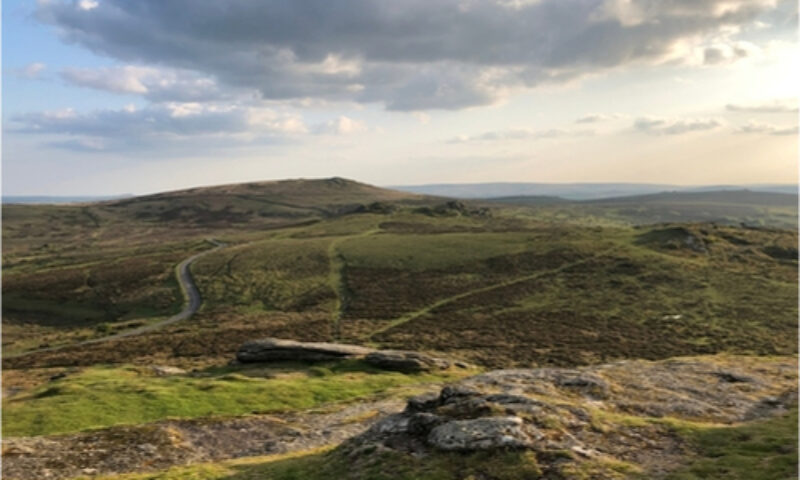After an appeal, wild camping is allowed again at Dartmoor National Park. It could be a great way to get off the beaten track and back to nature. Read on to find out more about wild camping.
Wild camping simply means setting up your tent or caravan in the wilderness outside of a designated campsite.
It’s a great option if you’re planning a multi-day hike or simply want to get away from crowds to enjoy nature in peace.
After a ruling in a case brought by a landowner, wild camping in Dartmoor National Park was briefly banned. However, wild camping is once again an option in the beautiful valleys and moorlands of the Devonshire park.
In fact, it’s the only place in England where you can wild camp without requiring permission from a landowner.
So, if you want to experience wild camping, where can you head?
There are wild camping destinations in the UK, Europe and beyond to choose from
You might not have to travel too far to experience wild camping – it is legal in Scotland.
However, there are guidelines you should follow to respect the countryside. Due to overuse, some areas of Loch Lomond and the Trossachs National Park are excluded from wild camping bylaws.
If you want to go further afield for a wild camping adventure, it’s legal in many other countries, including:
- Finland
- Norway
- Estonia
- New Zealand
- Canada
- United States
While wild camping is legal in some countries, make sure you thoroughly check restrictions, such as the maximum number of nights you can stay in one place, before you start planning your trip.
7 practical tips if you’re planning a wild camping trip for the first time
1. Carry out your research before you depart on a trip
It’s essential you’re well prepared if you’ll be wild camping. As well as checking local restrictions, it’s also worth learning more about the environment and wildlife. If you’re travelling to go camping you might need very different equipment than you would in the UK.
While weather forecasts aren’t always correct, they could help you pack the essentials you’ll need for your trip too.
2. Use sealable containers for your food
Taking food out of its original packaging and placing it in sealable containers could be useful for two reasons.
First, it could reduce the amount of waste you need to carry and dispose of. Second, sealed containers may be less likely to attract wildlife – you can even purchase bear-proof containers to protect your goods.
3. Purchase a water filtration system
A water filtration system means you could drink water straight from rivers knowing that it won’t contain bacteria. It could make planning your trip easier and reduce how heavy your bag is.
There are lots of different options on the market to choose from.
If you’ll be using a water filtration system, make sure water sources are part of your trip planning – keep in mind that streams can dry up during hot weather or other events, so it’s still useful to pack water to carry with you too.
4. Don’t dismiss packing a camping stove
Carrying a camping stove in your pack might seem like a burden, but it can be useful.
An open fire captures the adventure of a wild camping trip, but it can be dangerous and difficult to light. A camping stove is often safer and means you can enjoy a cup of coffee or a cooked meal during your trip.
5. Be prepared to lose your mobile connection
Mobile phones are great when you’re navigating around a city. In rural locations, you risk losing signal or your battery running out with nowhere to charge, so have a backup plan.
For your battery, you can purchase solar-powered chargers that may be incredibly useful if you’re planning a longer trip.
It’s also a good idea to pack a traditional paper map and compass just in case you can’t get a signal on your phone. If it’s been a while since you used a map, it may be worth practising your skills before you set out.
6. Choose your spot for the night wisely
While wild camping is legal in some places, you still don’t want to get on the wrong side of locals.
Choose your spot for the evening carefully. If you can, choose an area that’s away from homes or other buildings, as well as trails or paths.
Don’t forget to consider how comfortable it will be either – a rocky patch could lead to a restless night.
7. Pack as light as you can
You’ll have a long list of things to pack. So, when it comes to the non-essentials be ruthless.
Remember, you’ll need to carry your equipment, and a pack can quickly become uncomfortable or heavy if you’re hiking. It’s something to keep in mind when you’re selecting gear. Opting for a smaller tent or lightweight items could make your trip more pleasant.

